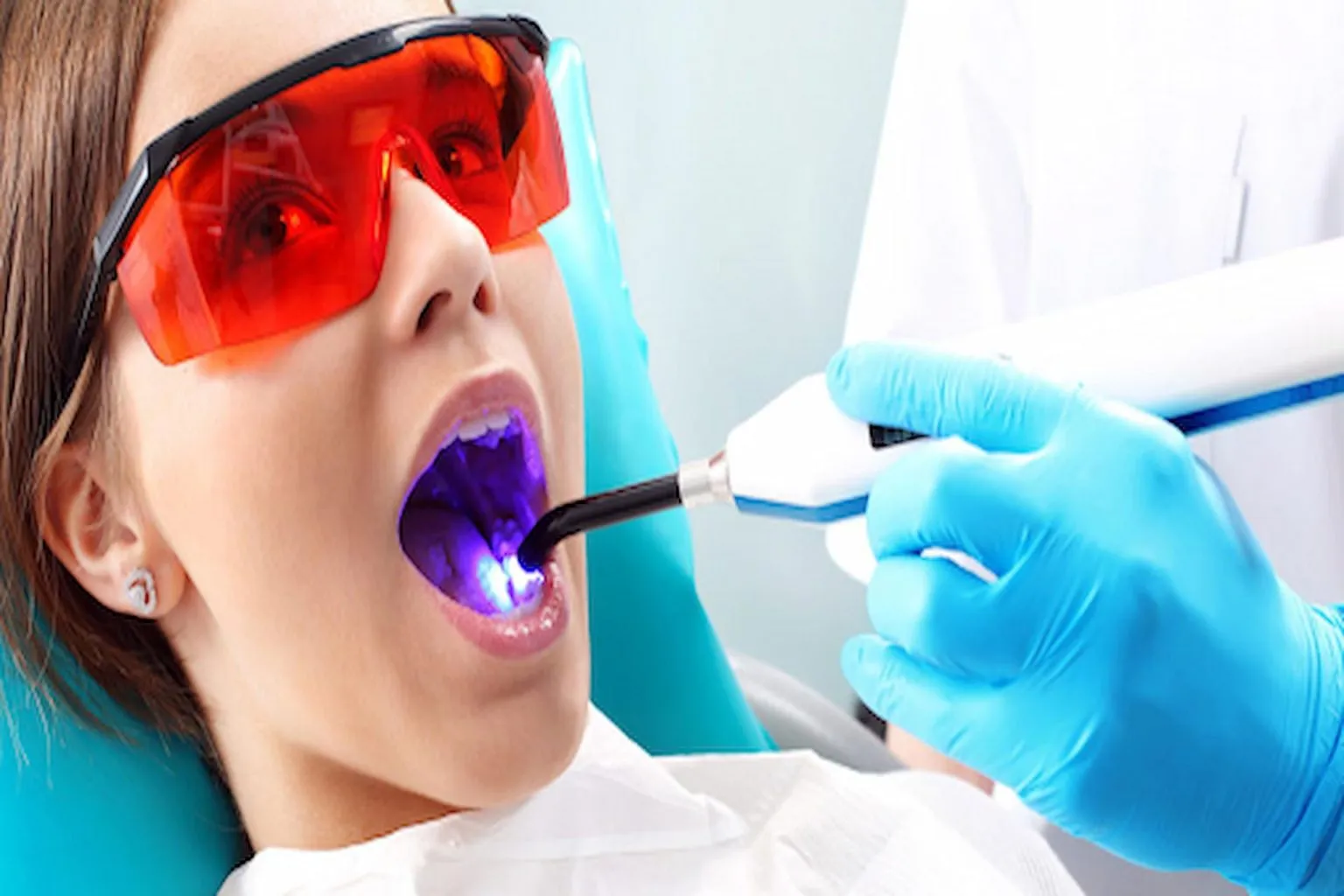What Are Whitening Strips
Whitening strips have become a popular method for achieving a brighter smile. These thin, flexible strips are coated with a peroxide-based bleaching agent, typically hydrogen peroxide or carbamide peroxide. They are designed to be applied directly to the teeth, adhering to the surface and allowing the bleaching agent to penetrate the enamel and break down stains. They offer a convenient, over-the-counter option for teeth whitening, making them accessible to a wide range of consumers looking to enhance their smile. The ease of use and relatively low cost compared to professional treatments contribute to their widespread appeal. However, alongside their popularity, it’s crucial to understand the potential risks associated with their use, which we will explore in detail.
How Whitening Strips Work
The effectiveness of whitening strips lies in the chemical reaction between the peroxide bleaching agent and the stain molecules embedded within the tooth enamel. When the strip is applied, the peroxide penetrates the enamel, breaking down the stain molecules into smaller, less visible components. This process effectively lightens the overall color of the teeth, making them appear whiter. The concentration of the bleaching agent and the duration of its contact with the teeth influence the degree of whitening achieved. Most whitening strips are designed to be used for a specific period, usually 30 minutes daily for several weeks, to achieve optimal results. Understanding this mechanism helps in appreciating both the benefits and the potential side effects of this teeth whitening method.
Potential Dangers of Whitening Strips
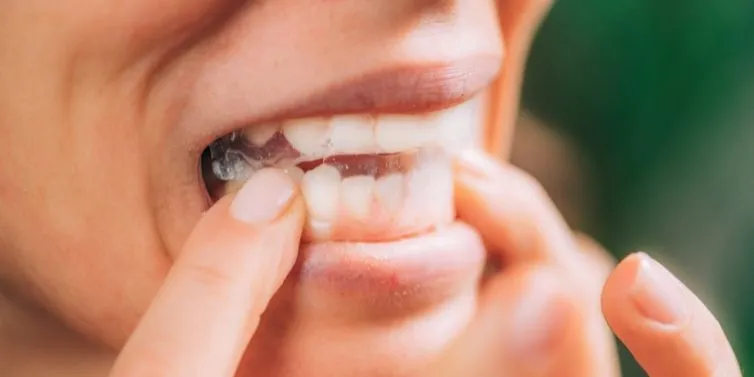
While whitening strips can be effective, they are not without risks. The active ingredients, such as hydrogen peroxide, can cause various side effects if not used correctly or if the individual has certain pre-existing conditions. It is crucial to be aware of these potential dangers to make an informed decision about using whitening strips. These dangers range from temporary inconveniences, like sensitivity, to more serious concerns, such as enamel erosion. This section will delve into the specific dangers, helping you understand the potential impact on your oral health.
Tooth Sensitivity
Tooth sensitivity is a common side effect of using whitening strips. The bleaching agents can penetrate the enamel and reach the dentin, which contains nerve endings. This can lead to increased sensitivity to hot or cold foods and drinks. The severity of sensitivity varies from person to person, with some experiencing mild discomfort while others experience significant pain. This sensitivity is usually temporary and subsides shortly after discontinuing the use of the strips or reducing the frequency of application. Certain products are designed to reduce sensitivity. However, individuals with naturally sensitive teeth or pre-existing dental conditions, such as exposed roots, may experience more pronounced sensitivity. If sensitivity becomes severe or persists, it is essential to consult with a dentist.
Gum Irritation
Gum irritation is another potential side effect of whitening strips. The peroxide-based bleaching agents can irritate the soft tissues of the gums if they come into direct contact. This can manifest as redness, swelling, and soreness. The irritation is often due to the strip’s incorrect placement, which allows the bleaching agent to seep onto the gums, or from the use of a strip that is too strong for the individual’s oral health. Avoiding contact between the strips and the gums can minimize this risk. Symptoms usually resolve shortly after stopping the use of the whitening strips or by ensuring the strip is correctly positioned and is not overlapping onto the gums. If the irritation is persistent or severe, seeking advice from a dentist is recommended.
Enamel Erosion
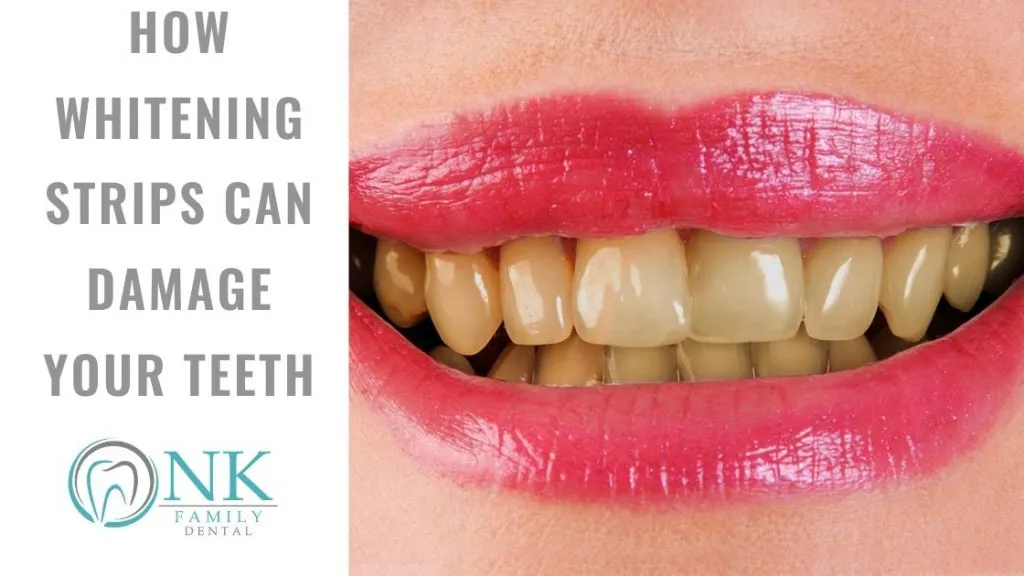
Overuse or misuse of whitening strips can lead to enamel erosion, which is the wearing away of the protective outer layer of the tooth. Enamel erosion weakens the teeth, making them more susceptible to decay and sensitivity. The peroxide in the strips can weaken the enamel over time, especially if the strips are used too frequently or for prolonged periods. The rate of erosion varies depending on the concentration of the bleaching agent, the duration of use, and the individual’s enamel health. Enamel erosion is a serious concern because it can cause irreversible damage. If you notice any signs of enamel erosion, such as increased sensitivity or changes in tooth texture, consult a dentist immediately.
Uneven Whitening
Uneven whitening is a common issue, resulting in an inconsistent appearance of the teeth. This can occur due to several factors, including variations in enamel thickness, existing dental work, and the way the strips adhere to the teeth. Areas with thinner enamel may whiten faster, resulting in a patchy appearance. Fillings, crowns, and veneers do not whiten with whitening strips, so they can stand out against the whitened natural teeth. Ensuring the strips have good contact with all tooth surfaces can help minimize this effect, as can using a professional whitening treatment or other alternatives if you have dental work. Sometimes, professional dental treatments are needed to achieve a uniform and aesthetically pleasing result. It is important to manage your expectations and understanding the limitations of the strips before starting treatment.
Allergic Reactions
Although rare, some individuals may experience allergic reactions to the ingredients in whitening strips. These reactions can range from mild irritation to more severe symptoms, such as swelling, hives, or difficulty breathing. The most common allergens in whitening strips include the bleaching agent (hydrogen peroxide or carbamide peroxide) and other chemicals used in the strip’s formulation. Individuals with known sensitivities to these ingredients should avoid using whitening strips. If an allergic reaction occurs, discontinue use immediately and seek medical attention. It is also a good idea to review the product’s ingredient list to identify potential allergens.
Ingestion of Chemicals
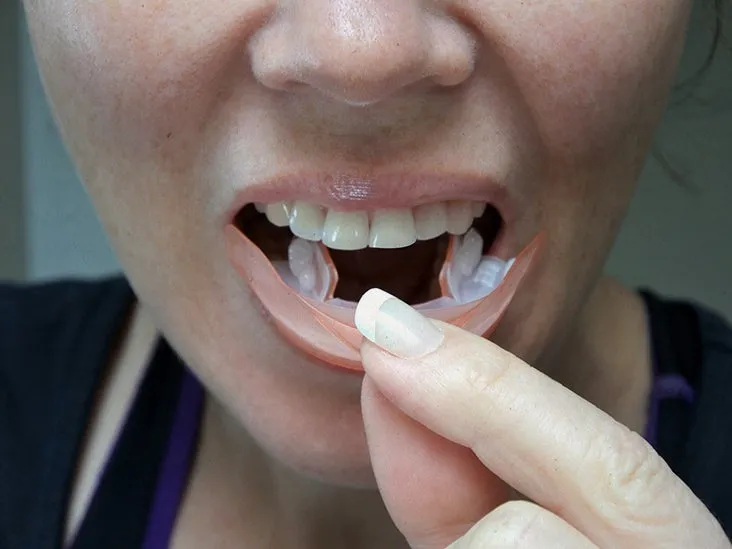
Accidental ingestion of the chemicals in whitening strips is a potential risk. While the strips are designed to adhere to the teeth, some of the bleaching agent may be swallowed, especially if the strips do not fit properly or if excess saliva is present. Ingestion can lead to gastrointestinal discomfort, such as nausea or stomach upset. It is crucial to follow the product’s instructions carefully to minimize the risk of ingestion. This includes avoiding swallowing the strip and spitting out any excess saliva. Children should be closely supervised when using whitening strips, and the product should be stored out of reach to prevent accidental ingestion. If a significant amount of the bleaching agent is swallowed, contact a healthcare provider immediately.
How to Minimize Risks
Mitigating the risks associated with whitening strips involves several precautions. This includes following the manufacturer’s instructions meticulously, not exceeding the recommended usage duration or frequency, and choosing strips with a lower concentration of the bleaching agent if you have sensitive teeth. It is crucial to ensure the strips fit properly to avoid gum contact and to handle them carefully to prevent accidental ingestion. If you experience any adverse reactions, stop using the strips immediately and consult a dentist. Proper use of whitening strips is key to minimizing the potential dangers and achieving a brighter smile safely.
Consulting a Dentist
Before using whitening strips, it is highly recommended to consult a dentist. A dentist can assess the overall health of your teeth and gums and determine if whitening strips are appropriate for you. They can also identify any existing dental issues, such as cavities or gum disease, which could be exacerbated by using whitening strips. A dentist can provide professional advice on the safest and most effective whitening options for your specific needs, considering factors such as tooth sensitivity and existing dental work. Seeking professional guidance ensures a more informed decision and helps minimize potential risks associated with teeth whitening.
Choosing the Right Strips

Selecting the right whitening strips involves careful consideration of several factors. Consider the concentration of the bleaching agent, with lower concentrations often recommended for those with sensitive teeth. Research the brand and read reviews to assess product effectiveness and potential side effects. Look for strips that are FDA-approved to ensure they meet safety standards. It’s wise to discuss your options with a dentist to determine which product aligns best with your oral health. Always follow the product’s instructions carefully to minimize risks and maximize results.
Proper Usage
Proper usage of whitening strips is crucial for achieving the desired results while minimizing potential risks. Always read and follow the manufacturer’s instructions carefully. This includes the recommended duration of use, frequency of application, and any specific guidelines for your teeth. Before applying the strips, brush your teeth to remove any surface debris, but avoid brushing immediately before use to prevent sensitivity. Make sure the strips are correctly positioned, covering the teeth evenly without touching the gums. Avoid eating or drinking during the whitening process. If you experience any discomfort, stop using the strips and consult your dentist.
Alternatives to Whitening Strips
If you are concerned about the potential dangers of whitening strips, several alternative teeth whitening options are available. Professional teeth whitening, performed by a dentist, is one of the safest and most effective methods, as it allows for close monitoring of your oral health. Other options include whitening toothpaste, which removes surface stains but typically has a more limited effect on intrinsic stains, and whitening gels or trays, often prescribed by a dentist. These alternatives offer a variety of approaches to teeth whitening, providing different levels of effectiveness and risk profiles. Consulting with your dentist can help you determine the best option for your specific needs and preferences.
Conclusion
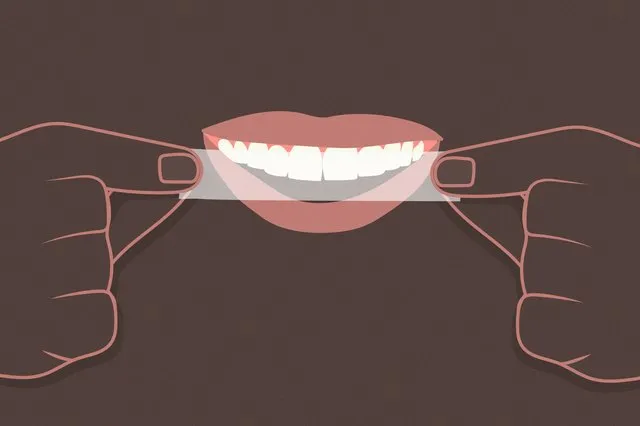
Whitening strips provide a convenient and accessible way to brighten your smile. However, they come with potential dangers that need to be understood before use. Tooth sensitivity, gum irritation, and enamel erosion are among the common side effects, emphasizing the importance of careful usage, proper product selection, and consulting with a dentist. By taking the necessary precautions and being aware of the risks, you can make an informed decision about whether whitening strips are right for you. Considering alternatives and seeking professional dental advice are essential steps toward maintaining optimal oral health and achieving a brighter, healthier smile safely.
